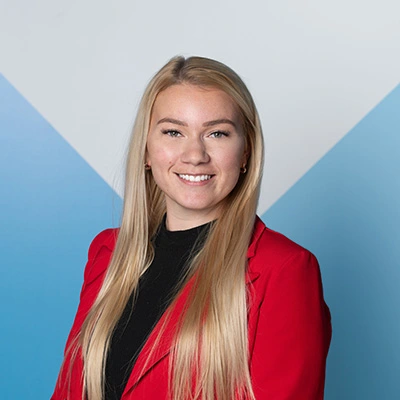When working with polyester and epoxy, reinforcement fibres are often used. There are different fibre materials that are available in different weave types. In this article you will find an overview of the different materials that are for sale in the Polyestershoppen webshop.
Fibreglass is the most commonly used reinforcement material. Fibreglass (fibre glass mat) is competitively priced and has good adhesion in combination with polyester, epoxy and vinylester if they are provided with the right primer.
Fibreglass features:
Fibreglass reinforcement material is available in different types:
Fibreglass chopped strand mat is a mat made of short fibres of approximately 4 centimetres long. The mat stays together with a binder (type of glue) and is easy to tear to size. When processing with polyester resin, the binder dissolves and the mat becomes soft and workable. Epoxy does not dissolve the binder and the mat will remain hard and stiff. It is therefore recommended to only use this mat with polyester.
Glass fabric is a fine weave of thin glass fibres. Due to the woven side, less finishing is required on the laminate. Glass fabric is available in 2 types:
Glass fabric is suitable for polyester, vinyl ester or epoxy and is widely used in model making, floors, coverings, moulded parts and similar applications.
Glass fabric tape is a narrow woven fabric that is suitable for local repairs of reinforcing corner joints and adhesive joints, wrapping hockey sticks, etc.
Fibreglass woven roving is a somewhat coarser square weave that is very suitable for floors, for example. It is also used in combination with glass mat for extra strength. The glass woven roving is then used alternately with fiberglass mat.
Carbon fabric is also called carbon. It is a fiber with high tensile strength and stiffness, which makes it suitable for lightweight parts that require high stiffness.
 Carbon fabric is stiffer and stronger (tensile strength) than aramid and glass fabric, but has poor resistance to point loads. To increase the point load, a combination with glass fabric or aramid fabric can be made.
Carbon fabric is stiffer and stronger (tensile strength) than aramid and glass fabric, but has poor resistance to point loads. To increase the point load, a combination with glass fabric or aramid fabric can be made.
Carbon is also a semiconductor, which means electricity can flow through it. This also has consequences when you use carbon with a metal, because electrolysis can occur. Using a layer of glass between the carbon and the metal can solve this.
To optimally process carbon fabric and Kevlar, you need pressure or vacuum. If the resin/fibre ratio exceeds 30:70 (30 parts by weight resin to 70 parts by weight fabric), the resin takes over a lot of strength while it is less stronger than the fibre. Because carbon fabric and aramid fabric are quite expensive, it would be a shame not to use a vacuum to get the best properties out of them.
Carbon weave is used as a decorative fibre by laminating it over an existing part. Consider a scooter hood or car interior (so-called overlay).
Carbon fabric is almost always used with epoxy resin. Only with overlays, polyester resin is also used due to its better UV resistance.
Aramid, also called kevlar (Dupont) or twaron (Akzo), is a tough fibre with a high impact strength.
Aramid has greater stiffness and tensile strength than glass but less than carbon. However, aramid can withstand a larger point load, which is why it is often used in bulletproof vests. This makes it difficult to cut or trim. In addition, it is also difficult to sand.
The fibres themselves do not absorb resin. This property will also allow it to delaminate easily. Something that is beneficial for the point load (it can tolerate more) but not for stiffness. This is also the reason that, for example, crash helmets with Kevlar can only be used once. As a result, it is usually used in the middle of the laminate or between 2 layers of a different fabric type. This gives optimal results and requires little to no post-processing.
Here you can find all 32 related articles on this topic. Mis je informatie om aan de slag te gaan met jouw klus? Neem dan contact met ons op.
Do you have a specific question? Call one of our specialists for free advice +3185 0220090
























